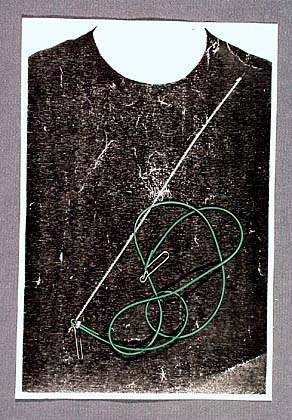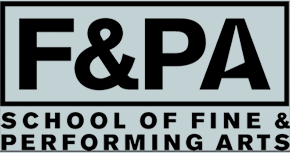Fresh Metals
Freed from the language of ornamentation, these works merge form with function. They interrogate the very nature of a brooch, and how it usually attaches to clothing with a pin, by creating pieces that are pure “mechanism” emphasizing the act of physical attachment rather than decorative elements. Works like these emerged from a growing desire to push the boundaries of jewelry and to explore its capacity to be highly conceptual.

Therese Hilbert, Brooch, 1982, silver, gift of Anonymous, 1996.003.001b
These works by husband and wife Otto Kunzli (1) and Therese Hilbert (2) merge form with function. They interrogate the very nature of a brooch, and how it usually attaches to clothing with a pin, by creating pieces that are pure “mechanism” emphasizing the act of physical attachment rather than decorative elements. Works like these emerged from a growing desire to push the boundaries of jewelry and to explore its capacity to be highly conceptual.
Otto Kunzli, Elastic Brooch, ca. 1980, rubber, silver hooks, gift of Robert W. Ebendorf, 1996.013.025
Otto Künzli is one of the most renowned and respected jewelers and educators working today. He has become well known in the world of art jewelry for his minimal and conceptual pieces filled with wit and irony. As director of the Jewelery department at the Academy of Fine Arts Munich, from 1991 to 2014, he was influential in the education and mentorship of many prominent contemporary jewelers.
This piece by Therese Hilbert demonstrates the simple, abstract style that was the hallmark of German metalsmiths of the 1970s and '80s. It also points to the strong artistic vision and flawless technical skill that has seen her become one of the most respected contemporary jewelers working today.


